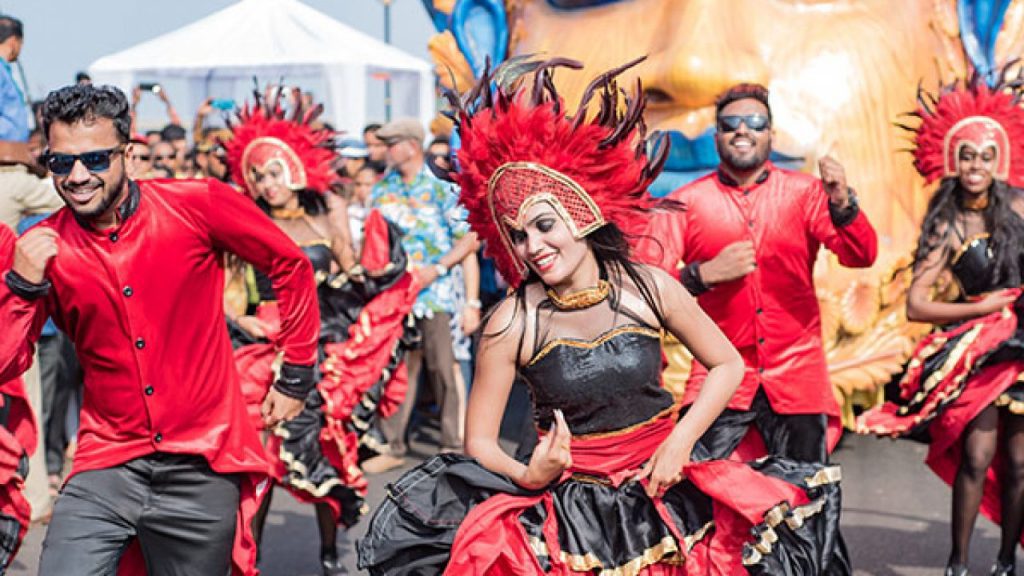- Private car and driver in Delhi / India
- +91-8447445445
- info@discoverindiabycar.com sugar.ankit@yahoo.com
 +91-9818434712
+91-9818434712
Goa Carnival

Carnival in Goa, also known as “Carnaval”, “Intruz”, “Entrado,” or (colloquially) “Viva Carnival,” is the Mardi Gras-style celebration held each year in the Indian state of Goa. The Goa Carnival is the biggest in India and one of the few ongoing celebrations of the Western Christian holiday in Asia, while being considerably smaller than the well-known Rio Carnival or the Portuguese Carnival of Madeira. In order to draw tourists, a local musician named Timoteo Fernandes imposed the modern Goa Carnival in 1965, basing it on the Rio Carnival. Since then, it has developed into a significant tourist destination for the tiny state.
Roots
Although the origins of the Carnival in Goa can be traced to the introduction of Roman Catholic traditions during the Portuguese conquest of Goa, the festival itself was largely forgotten during the later stages of colonialism due to restrictions on free speech and assembly under Portugal’s authoritarian regime, known as Portugal Estado Novo and observed on the same day.

Following the end of Portuguese administration, Timoteo Fernandes, a Goan musician, established the Brazilian version of the event in 1965, basing it on the renowned Rio Carnival. The goal of doing this was to increase tourism. The urban parade now include floats from nearby towns, businesses, and cultural organisations. In the seaside taluka of Salcete, it is still run in a fairly traditional fashion, notably by producing neighbourhood street plays. The carnival is “Goa’s most famous celebration and has been celebrated since the 18th century,” said the Goa government’s Department of Tourism.
Typically, the Carnival begins on Fat Saturday (also referred to as Sabado Gordo) and ends on Fat Tuesday (also referred to as Shrove Tuesday), the day before Ash Wednesday and the start of the Catholic season of Lent. A local wine festival called Grape Escapade and a dance at Samba Square in the city’s Garden of Garcia da Orta round out the celebration in Panjim, Goa’s capital.
As per local custom, King Momo, who is typically a local, takes control of Goa during Carnival and reigns over the four-day celebration.
Every year, King Momo delivers the Konkani proclamation “Eat, drink, and be merry” (Kha, piye aani majja kar).

Celebration Time
The festival was observed in 2022 from 26 February to 1 March. Panjim, Margao, Vasco, and Mapusa in Goa were among the cities and towns where individualized float parades were conducted.
Parade
On Fat Saturday evening, a procession led by King Momo customarily starts the parade. The Goa Carnival’s King Momo in 2021 was Mr. Sixtus Eric Dias of Candolim. The parade’s features include balloons, horse-drawn carriages, adorned bullock carts, and extravagant floats. Goa Carnival celebrations feature dancing groups, costumed revellers, live music, sporting events, floats and parades, as well as food and drink.








